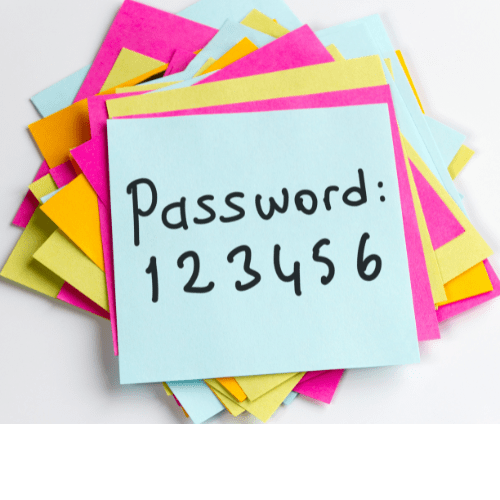
Let’s follow up on last week’s topic — Passwords. Unless you have an amazing memory, you will have to store your passwords somewhere. You could store them in a notebook on your desk, but they won’t be accessible when you are not at your desk. A better solution is to store them in an online vault. The passwords would be accessible for all your devices, but still be secure. There are multiple “vault” options. You could create a list of passwords and store them in the Dropbox vault, for example, or you could use any of the password managers available. The one that is currently rated highest by multiple sources is Bitwarden. They have a free and a paid version. I’m not going to tell you one is better than another, there are just too many password managers for that (1Password, Dashlane, LastPass, NordPass, etc.). Instead, let’s take a quick look at how to use a password manager. All of the Password Managers basically work the same:
The biggest benefit of a password manager is that it allows you to use randomly generate passwords and change them often, which is exactly what you are supposed to do (but so many people don’t). Interested in learning more? Send me your questions. |